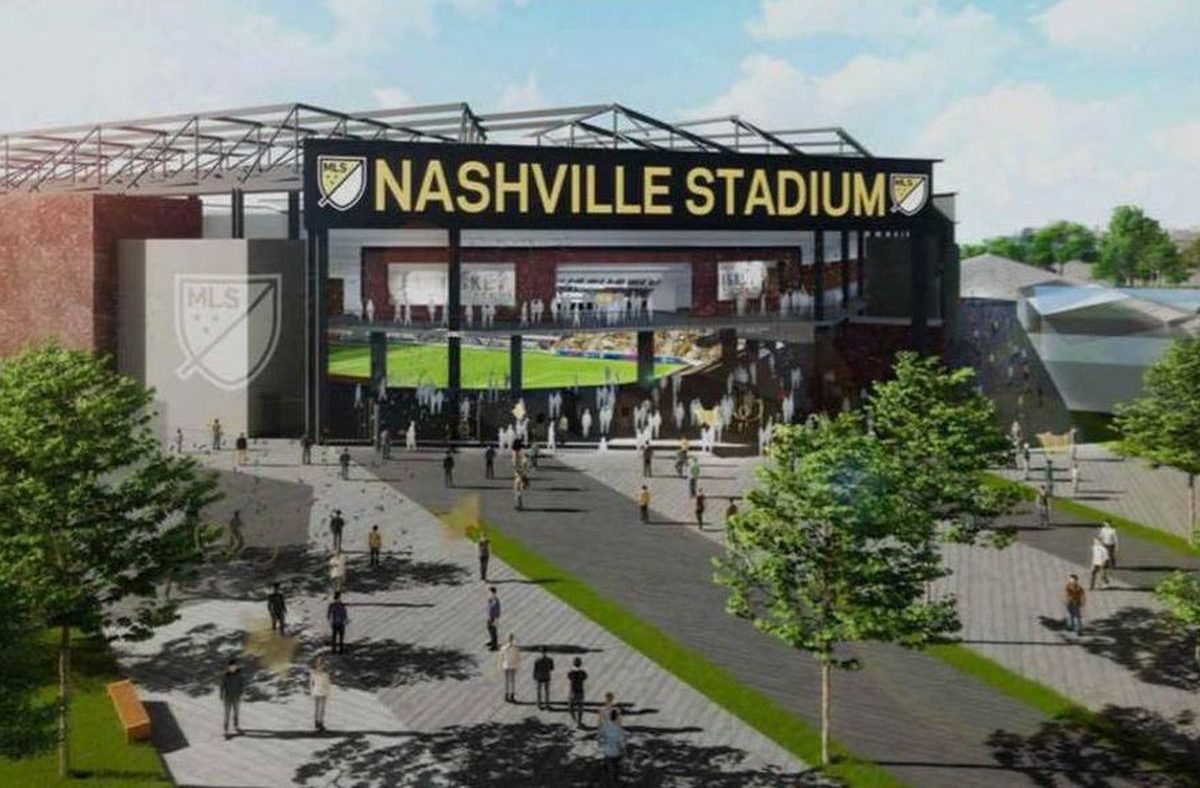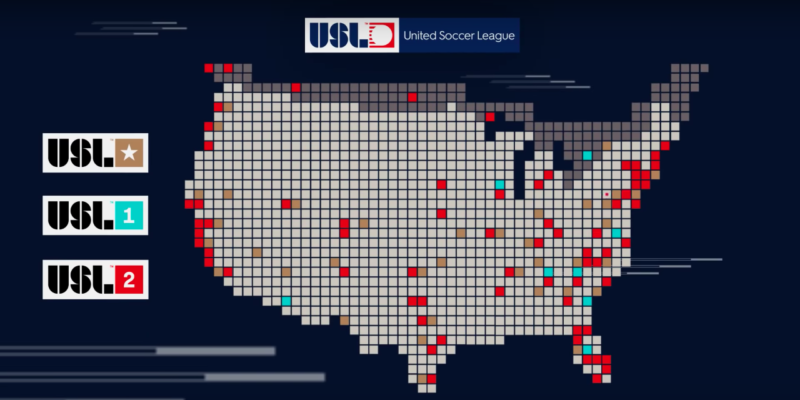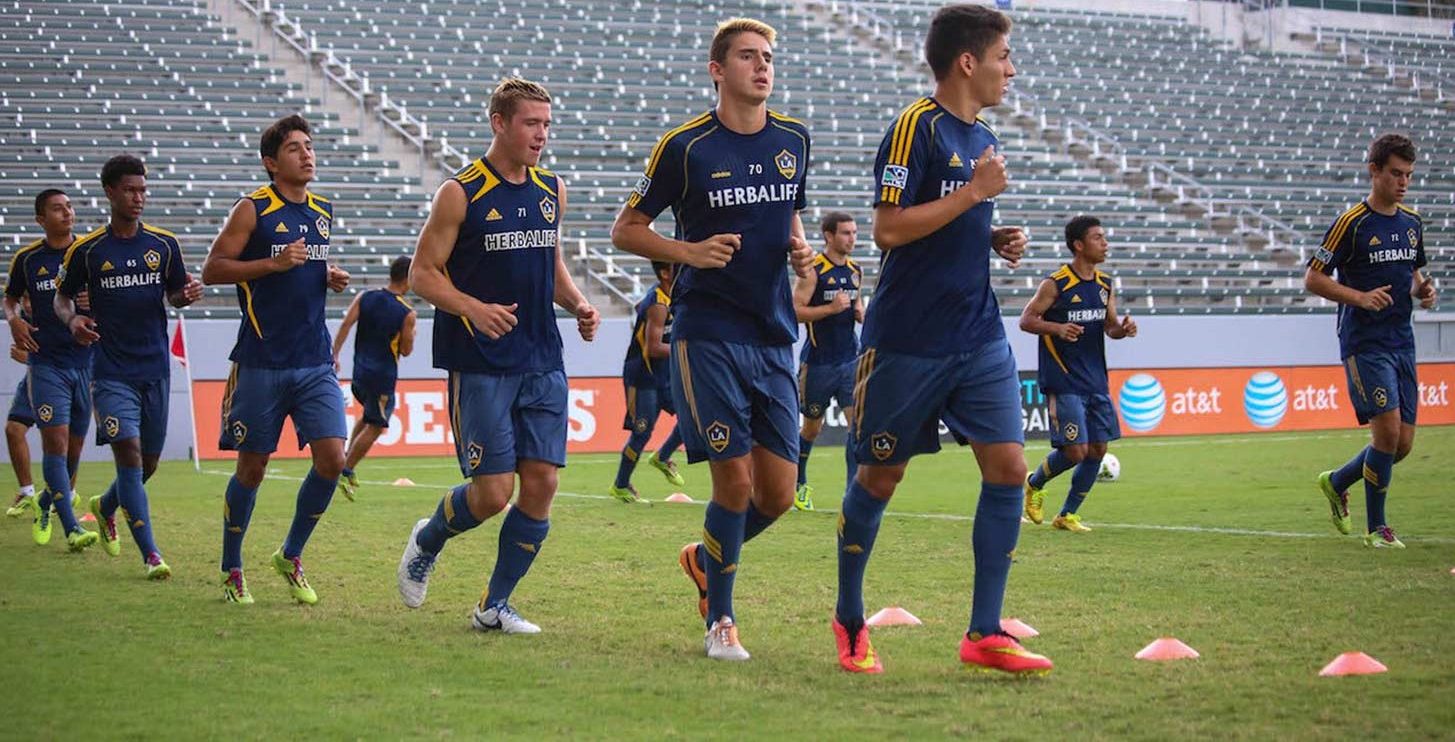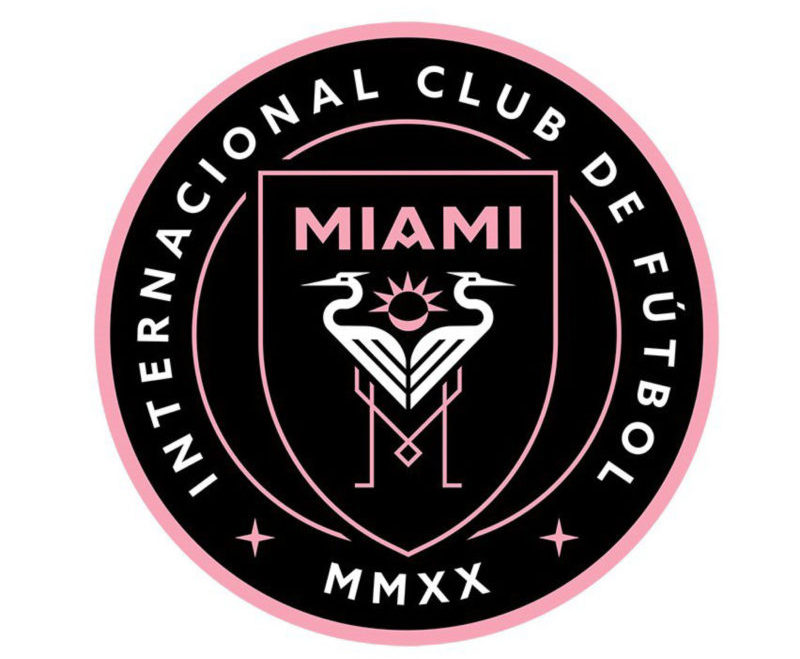With an all-new look and division names harkening to those of England, the USL rebrand has many optimistic for promotion and relegation in United States soccer. But does the move actually position a future of pro/rel, or is it a facade that simply mimics the UK structure on a name basis only?
Last month, the USL announced that it has rebranded its own three divisions — USL, USL D-III, and the Premier Development League — into a new-look USL with new names and logos. The leagues will now be known as the USL Championship, USL League One, and USL League Two.
According to the USL website, the rebrand will look to bring the sport into a new direction, modeling itself after England’s structure and giving new cities across the country a professional team to root for.
It’s hard to put your finger on what exactly the USL rebrand means, but one thing is for certain, there’s no promotion/relegation. Despite the fact that it’s grabbing the names straight from the UK, this is simply on a basis of name and not actual practice — at least not yet.
As an American soccer fan it’s like you’re the last kid in the neighborhood whose parents allow you to watch R-rated movies. We know there’s some crazy good stuff out there, we’re just not allowed to experience it for ourselves. Man, I’m tired of this.
None of this is to say that MLS is bad, it’s just not as good as it could be. Soccer is meant to be played in a promotion/relegation system, which is why all the best leagues in the world do that. Even the American youth soccer system has it — it makes the most sense.
As soon as you start playing competitive soccer in America you get engulfed in the system, and it’s awesome! Every year you’re fighting for the ability to stay in your league or make it to a better one. Every year is more dramatic than the one prior. The better you get, the better your competition gets, and it becomes more difficult as you go along. Ultimately, it results in the best of the best being at the top and playing for the top prizes.
Unfortunately for us in the U.S., the importance of college and the NCAA breaks up the party and snaps us back into a world without pro/rel. A world where year after year the same teams play each other because the same teams are there to be played. It’s not because those teams are there on merit, it’s just because somebody says so and that’s just what you do. While I am also a huge fan of college soccer and have had some of the most fun watching it, it’s another weird wrinkle in the American soccer experience. Unfortunately, I wouldn’t anticipate any changes soon. At this point the NCAA and MLS seem like they enjoy how it’s working and are intentionally preventing any dramatic changes to the sport because of it.

Often times promotion/relegation is said to be a touchy subject because it would mean that some owners might lose their investment. While I understand their investment is vast — it’s $150 million to enter the MLS, and who would risk losing that through the devaluation that comes with getting relegated — the owners’ greed (or whatever it is) is putting a damper on American soccer. You don’t have to be a purist to know that it needs to be played in a pro/rel system.
Buying a team shouldn’t guarantee you a protected spot forever in the top league. It should buy you the ability to compete for that top league prize. Otherwise, who’s to say that the teams in the “top league” are there because they’re the best? This rebrand, and the adoption of names from England’s pro/rel system, is kind of a slap in the face to someone who has been wanting it for a long time. It also stings harder after the U.S. showed just how far we have to go with this sport by failing to qualify for the last World Cup. I mean, how many “wake-up calls” and TV analyst temper tantrums do we need before we actually see some kind of change?
All of this is to say that the league needs to hurry up and adopt pro/rel so we can start to build a true professional soccer league that mimics the top leagues in the world not just by name, but by system as well.
This rebrand is acknowledgment by the USL that they are happy to take second division to the MLS. Alternatively, they could’ve taken the route of the NASL, which looked to compete with MLS and has since folded and is currently suing the United States Soccer Federation for showing unfair favoritism to the USL, naming USL as co-conspirator in the suit. That being said, if anyone is in a good position to help move soccer to more markets and expand the pool of teams now, it’s the USL. There’s a lot of good reason to look at the USL and what they’ve done and are doing in a positive light.
They have operated under a completely different set of rules than MLS and should be judged as separate entities up to this point. The USL’s premier club, Cincinnati FC, averaged about 21,000 fans in 2017 and will soon join MLS because of their success. They have multiple different fan groups, a TV deal, and even a through-the-streets walk to the stadium for supporters at the home games.

Another positive for the USL is that they have teams all over the country, and since it’s much cheaper to buy a USL team than an MLS team, markets both large and small can be represented. I do find it a little cheap that they get to add MLS second division clubs into their total tally of teams, but whether or not that was illegal or somehow unfair business practice will ultimately play out in the lawsuit. However, in a pro/rel system all of this griping would be fixed by the the game itself. The experiment could play out on the pitch and we could see who the real second division teams were by the results of their play, not negotiations in courtrooms. We want competitions, not depositions!
The USL also recently announced a plan to have all of their 33 teams in soccer-specific stadiums by 2020. This has the potential to do wonders for these teams and the aesthetic of the sport. For example, teams like Fresno FC have the chance to become big in their respective cities, with (most likely) privately financed stadiums on land (potentially) sold at a discount by the respective cities. Soccer stadiums could be used by said cities to revitalize their abandoned downtowns and, as long as the finances aren’t screwing regular people over, this could be replicated across the country. While there is a history of stadiums being built as a money grab from taxpayers, we prefer to stay on the optimistic side of things rather than being cynical curmudgeons.
The USL is at an interesting crossroads now in how it plans to expand. They’ve already done a good job of tapping into and tying their teams’ culture with a sense of civic and community pride. Constructing soccer-specific USL stadiums downtown goes right along with the positive side of revitalization — as opposed to the gentrification that is kicking lower income families out of their homes in favor for luxury high-rises and organic free trade artisan coffee shops.
We’re talking about bringing good breweries, food, stores, housing, and jobs into areas that were previously desolate. Plus, when you’re able to create a connection between the team and the community they represent, the relationship between the two becomes much more intense. The games have less of a feel of random mercenaries battling each other and more of a collective “us versus them” attitude. This is part of what helps to make competition in places like England so enthralling.
What the USL has done so far is really impressive, given that they have no access to the top league. With pro/rel they would be able to do what it does best, expand into new markets, while also giving its more advanced clubs a chance at making it to the top level which would reward their hard work.

In order for all of this to work, the USL would probably have to turn all of the MLS II clubs into strictly academy teams, firstly to show the intent to take the game to new markets and not simply exist as a feeder league to MLS, and secondly because it’d be pretty weird if Galaxy II ended up getting promoted next to the first team.
Players in academies could be loaned to the USL for first team experience in the second division, which would ideally be more competitive than the academy leagues. This is how it normally works in the top European leagues.
However, there’s no guarantee that MLS will adopt pro/rel, so all of this posturing by the USL could really be a big fat nothing at the end of the day. Sadly, if we’ve gone this long without it we sure as hell can keep going. If you’ve ever seen a city or an owner that thinks they’re about to get an MLS team then you’ll understand the struggle of getting that organization in. Just ask David Beckham.
Part of the deal that he signed with the LA Galaxy in 2006 included the ability to create his own team and buy into MLS at a discounted rate. But now it’s been six years since he stopped playing for the Galaxy, 12 years since he signed the contract, and his club, Inter Miami CF, is still not in the league yet. They will begin play in 2020, but as of now they still have no stadium and everything about this has been more difficult than Beckham likely anticipated. He’s now on his fourth location for a potential stadium, which was recently discovered to be rich in toxic waste. That’s to say, entry into the MLS is not fast and it’s not easy, even if you’re David Beckham.

The biggest takeaway from this is that the USL is putting the ball in MLS’ court (or pitch) in hopes of creating something great together. Hopefully these hopes are in the right place. I also hope they quickly move to pro/rel and give these other cities, places like Raleigh, Tulsa, or Reno, a chance to play into the top league.
The changes from the rebrand will be fully rolled out before the USL’s 2019 season. Maybe they’ll confuse stupid Americans that the USL Championship is the top flight due to the use of the word “championship.” Hey, it might work. Plus, their success up to this point means that they know enough to be able to continue to produce and flourish, especially with the newfound support of MLS as the only official second division. Worst case scenario, it’s not setting up for anything because the MLS will continue to operate however it wants regardless of what’s best for soccer in this country.
Without pro/rel though, MLS will continue to be the top league with an asterisk. It will continue to limit the sport and limit investors. It will continue to limit the money involved. I won’t claim to “get it,” but my dumb ass will keep buying tickets and going to games because I love the sport too much. But if we had the courage to switch it up and adopt the system the rest of the world uses, it won’t just be guys like me who are soccer-starved supporting the games, it’ll be a much more popular attraction with a much broader appeal. Shouldn’t that be the goal?








